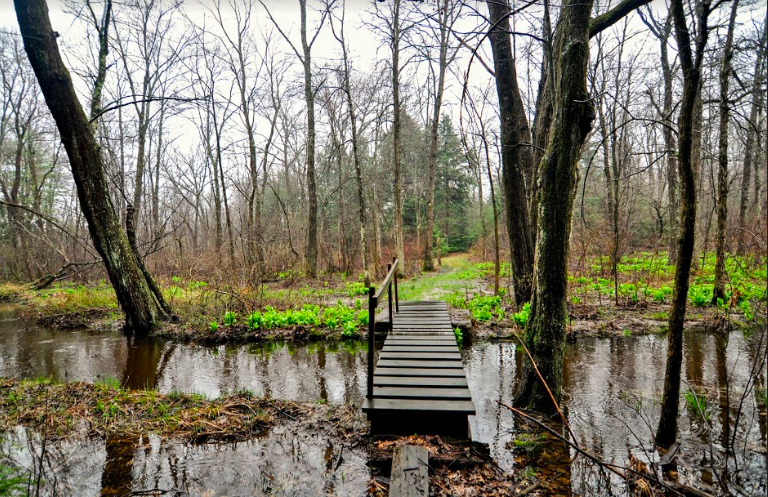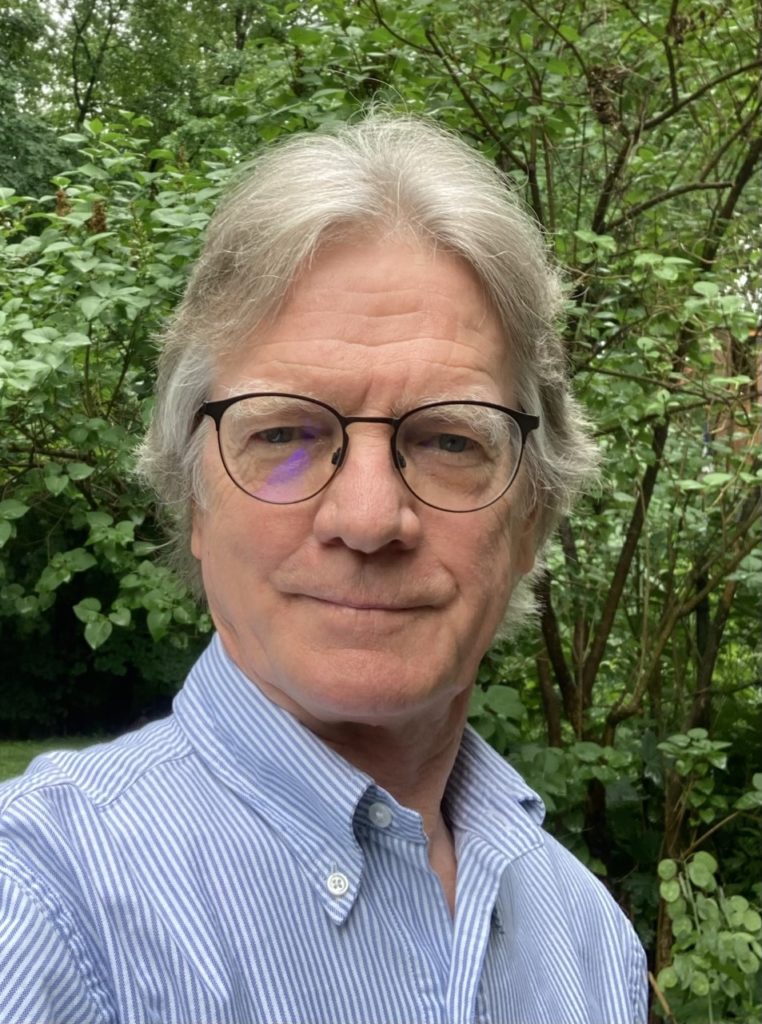Opinion: Building a Better Community by Actually Working on It

Lawrence Swamp, Amherst Conservation Area. Photo: Keith Toffling.

Amherst is blessed with more than two dozen conservation areas. These areas are the result of bequests from private citizens, and acquisitions by the town to protect its water supply and open spaces. This means that Amherst residents, regardless of their politics or income, have a multitude of places to enjoy nature. These conservation areas are refuges for wildlife, rejuvenate the souls of their visitors, and help to make Amherst a great place to live.
Lately, however, the town’s financial woes have become evident in the conditions of these areas. Given the pressure on Amherst’s budget, from deferred infrastructure maintenance to the ballooning costs of proposed construction projects, one is left to wonder what is to become of our trove of nature islands.
Amherst is also facing a deficit of civility in its town politics. This is hardly a phenomenon unique to our town. Debate has given way to bickering and worse across the country, as people are segregated by seemingly implacable interests and beliefs, and hunker down in bubbles circumscribed and reenforced by “social media” and news sources that serve a la carte headlines chosen for their niche audiences. Common ground, like common sense, is an uncommon commodity in our polarized world.
Happily, there is a solution that may help to both manage and maintain our conservation areas, and heal the wounds our divided politics have inflicted. Communal efforts, especially those undertaken outside in nature, can help to bring people together around a common cause. Some examples of such literal “public works projects” have popped up in various areas around town. In my South Amherst neighborhood, we have a long-standing tradition of a yearly work day to maintain the trails at the Larch Hill conservation area. It is a time when the people who enjoy this gem don work gloves and pick up shovels, rakes and pruners, and push wheel barrows full of wood chips provided by the town to clear and smooth the well-worn trails. Politics are left at home while we get a little sweaty and enjoy each other’s company. We follow up our restorative exercise with light banter, cider and donuts. It makes for a fun morning that leaves the participants feeling a bit tired, but virtuous, and helps us get to know one another while we work to preserve a resource we all value.
The town could build on these examples and sponsor a day or two a year when residents – including college students – are encouraged to group together to work on maintaining our conservation areas and roadsides. With some advanced scouting, advice could be given as to what areas need the most attention. Amethyst Brook and Puffer’s Pond are examples of heavily used resources in need of TLC. This would have the benefits of relieving some of the financial burden on the DPW for conservation maintenance while allowing people of all political stripes to put their differences aside for at least a few hours and work together for the common goal of preserving our wonderful natural heritage. The town could leverage a little investment in planning and publicity and reap a large dividend in terms of reducing the burden on the DPW and the conservation authority. The community could score a home run by following up the work hours with a picnic for participants at Mill River, Groff Park or the town common. Show up to work, and get a coupon for some food and a beverage, donated by local businesses which would get publicized credit. Maybe add some music, and we could have the beginnings of a town tradition that would make us all – and our conservation areas – a little healthier.
John Varner is a resident of Amherst’s District 3.

My wife has reminded me that Puffer’s Pond has a work day and picnic event. Let’s scale it up!
South Amherst’s Markert’s Pond and Rec area, deeded to the town by the its KV developers in the late ’60s, is another conservation jewel for the 200+ homes that gad been struggling for survival over the decades. Over more recent years, we have joined up with UMASS Project Impact , town supplied gravel and woodchips and brought life back to this idyllic jewel of a spot. We’ll look to the groups identified here for help next month, having learned the frats and sororities aren’t assisting this year. Thanks for these suggestions!